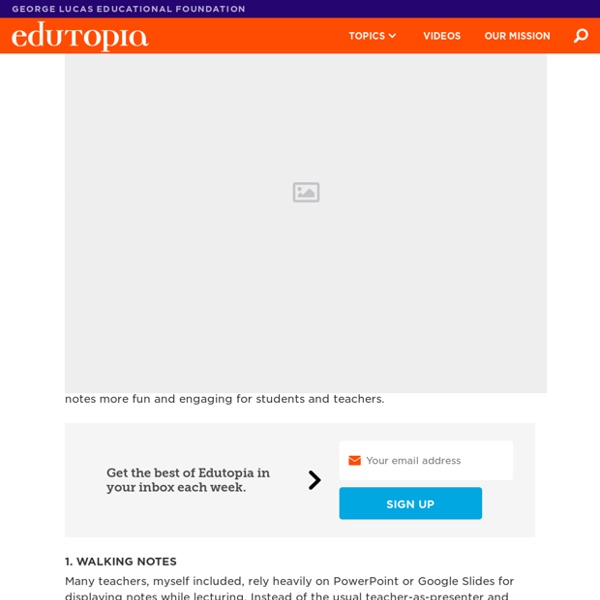The most important skill for 21st-century students is the discipline to say “no”
Can you code? Speak a second language? How high is your IQ?
theconversation
In September 2017, we conducted Australia’s first nationally representative survey focused on young Australians’ news engagement practices. Our survey of 1,000 young Australians aged eight to 16 indicated that while roughly one third felt they could distinguish fake news from real news, one third felt they could not make this distinction. The other third were uncertain about their ability.
500 Internal Server Error
How you arrange your seating can be an asset for differentiating instruction. Summit Preparatory Charter High School in Redwood City, California, uses different seating configurations for independent work, collaborative work, mini lessons, and large-group discussions. Through scaffolded guidance from their teachers—which includes a personalized learning platform, daily goals, and a culture of formative assessment—students understand how they learn best and what resources they need, enabling them to choose and set up the seating arrangement that works best for them each day. Summit uses furniture with wheels—trapezoidal and rectangular tables and soft fabric lounge chairs with tablet arms—to make it easy for students to move the furniture.
All About Explorers
All About Explorers was developed by a group of teachers as a means of teaching students about the Internet. Although the Internet can be a tremendous resource for gathering information about a topic, we found that students often did not have the skills to discern useful information from worthless data. So we set out to develop a series of lessons for elementary age students in which we would demonstrate that just because it is out there for the searching does not mean it is worthwhile. A typical novice strategy for searching the Internet is to type the topic into the address bar. For example, if you are researching Christopher Columbus, you naturally would look first at www.columbus.com. Unfortunately, as you will see if you click on this link, that is not helpful.
NC00302 (6744): Research design and methods
Introduction The methods and methodology section of the research proposal provides an overall plan of how the research objectives will be achieved. It includes a description of the methods, or what was done to gather and analyse the data, as well as an explanation of any conceptual perspective/s that inform the research process. In some disciplines, such as law, creative writing and art, the language of 'data' and 'methods' may have little resonance, and writing about the methodology underpinning conclusions within published writing is not contained under designated headings as for other disciplines. It is nevertheless important to provide a methodology or research design section in the research proposal. Notwithstanding the considerable diversity in writing habits in published writing across disciplines in the social sciences and humanities, it may be helpful to consider, and stick to, the definition of 'method' when thinking about what to include in the final section of the proposal.
Classroom Management Tips for Co-Teachers
The old adage “two heads are better than one” holds special significance in the classroom. Schools are increasingly recognizing the potential benefits of co-teaching for many students across a variety of settings. Co-teaching expert Wendy Murawski defines the strategy as “two or more educators who co-plan, co-instruct, and co-assess a group of students with diverse needs in the same general education classroom.” While co-teaching was originally designed to enhance inclusive opportunities for students with disabilities, it is now also embraced as a valuable tool for reaching English language learners and gifted students, and for teaching collaborative content.
NC00302 (6744): Introduction and research justification
Introduction This topic outlines the steps in the introduction of the research proposal. As discussed in the first topic in this series of web resources, there are three key elements or conceptual steps within the main body of the research proposal. Although these steps may be referred to using different language, and structures may vary slightly, they are always present within research proposals, even in very different disciplines.
How To Finally Stop Taking Useless Notes At Work
Whether you’re a student, you’re taking down notes during meetings, or you’re a regular at industry lectures and conferences, effective note taking is a skill you could probably benefit from. Although we tend to take notes for years when we’re in school, most of us don’t ever learn how to take effective notes, and we’re wasting time on approaches that don’t work. And unfortunately, the most common approaches to taking notes really don’t work well. What Doesn’t Work
NC00304 (6746): Abstract writing
What is an abstract? An abstract is a brief overview, not an evaluative summary of a longer piece of writing. Different kinds of abstracts contain different information. Social science and scientific abstracts contain a statement of the research problem or purpose, a statement about current approaches and a gap in the literature (for theses, but not always journal articles), a statement of the method and methodology and a summary of the findings and the conclusions.



